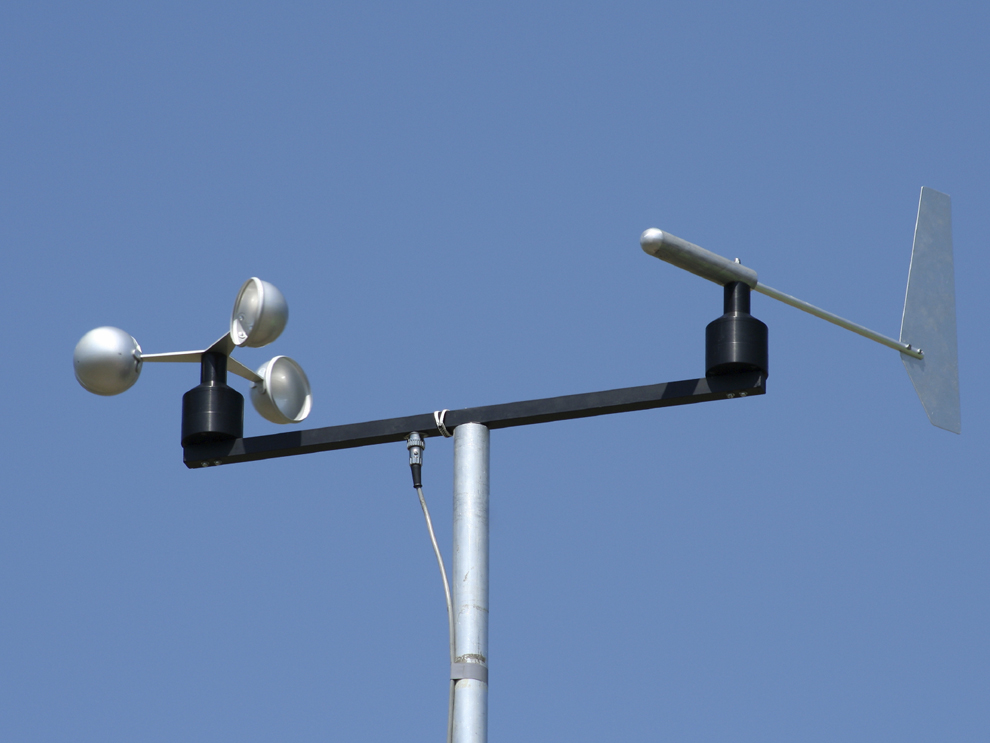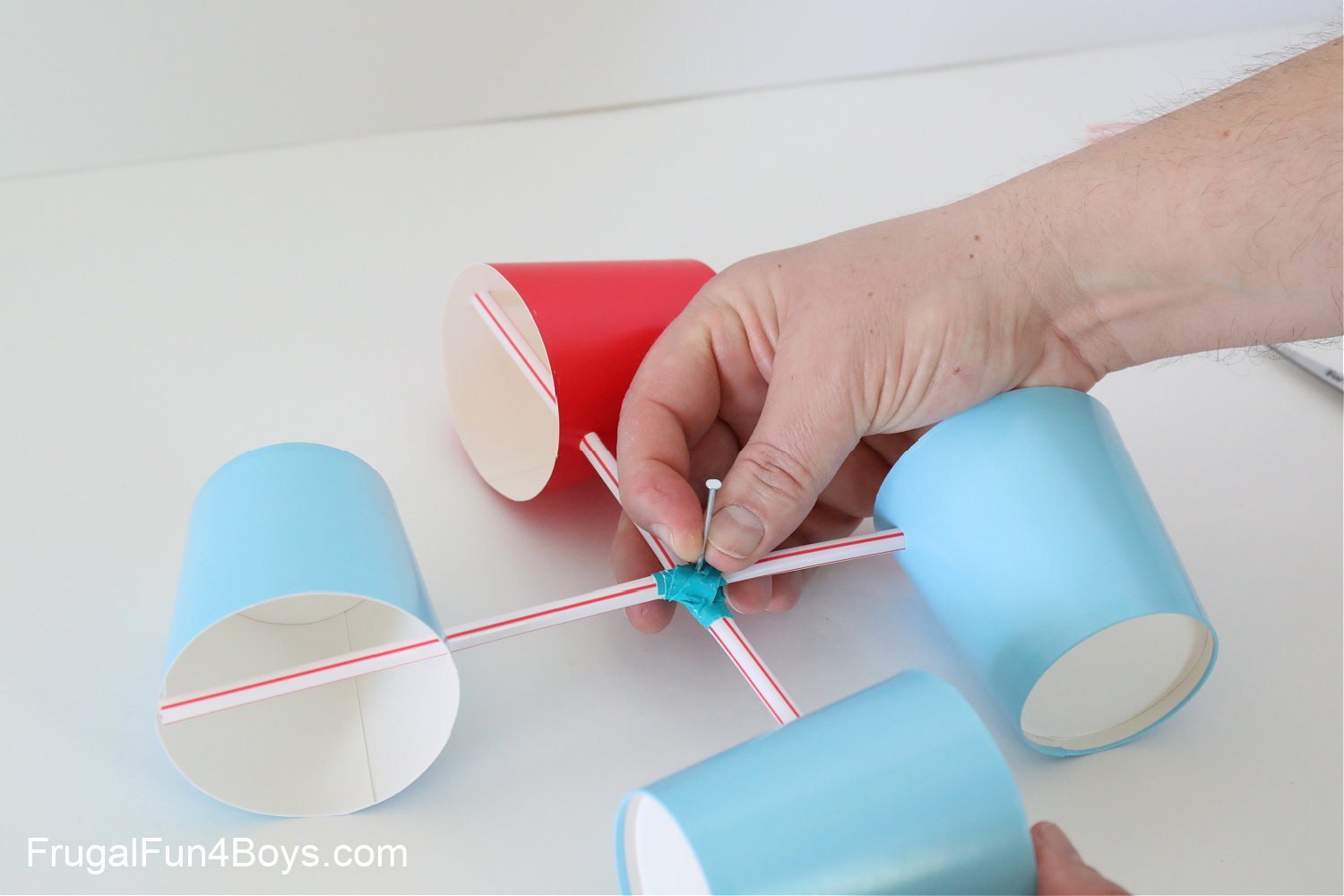Understanding Different Kinds Of Anemometers for Numerous Applications
Understanding Different Kinds Of Anemometers for Numerous Applications
Blog Article
Checking Out the Features and Advantages of Anemometers for Weather Condition Enthusiasts and Professionals
From mug anemometers to sonic anemometers, each type brings its one-of-a-kind set of advantages and applications, shedding light on numerous elements of atmospheric conditions. As we delve into the functions and benefits of anemometers, a deeper understanding arises not only of prevailing weather phenomena yet also of the wider ramifications for sectors like wind power production and ecological research.
Significance of Anemometers in Weather Condition Monitoring
Anemometers play a crucial duty in weather condition monitoring by providing precise measurements of wind rate, aiding in forecasting and understanding climate patterns. These instruments, ranging from typical cup anemometers to modern-day ultrasonic anemometers, are vital for meteorologists, researchers, and weather condition enthusiasts alike. By gauging wind speed, anemometers aid in identifying the intensity of climate phenomena such as storms, storms, and tornadoes. Additionally, they provide useful information for aeronautics, maritime procedures, and various markets that are delicate to wind conditions.

Types of Anemometers and Their Applications
The most usual kinds of anemometers consist of cup anemometers, vane anemometers, hot-wire anemometers, and ultrasonic anemometers. Cup anemometers are composed of three or 4 cups placed on horizontal arms that rotate with the wind, gauging its rate. Vane anemometers, on the other hand, make use of an openly revolving vane to straighten with the wind instructions, providing both wind rate and instructions dimensions.
Cup anemometers are suitable and robust for basic climate monitoring, while vane anemometers are preferred for directional dimensions. Ultrasonic anemometers are non-intrusive and offer high accuracy, frequently utilized in study and specialized weather surveillance applications.
Advantages of Making Use Of Anemometers in Projecting
In meteorology, the utilization of anemometers supplies important advantages for improving the accuracy of climate forecasting. Anemometers measure wind rate and instructions, giving important information for predicting climate patterns. By incorporating wind information into projecting designs, meteorologists can much better understand the activity of climate systems, anticipate modifications in atmospheric problems, and problem a lot more pop over to this web-site exact projections.
Additionally, anemometers play a vital duty in evaluating potential weather condition risks. Monitoring wind speeds helps forecasters predict extreme climate occasions such as typhoons, twisters, and winter season storms with higher precision. This very early warning system makes it possible for authorities to provide timely alerts and apply essential precaution, reducing the dangers to life and residential or commercial property.
Additionally, anemometers assist in optimizing renewable resource production. By examining wind patterns, meteorologists can identify ideal places for wind farms and forecast energy outcome, adding to the efficient generation of wind power.

Anemometers in Wind Power Manufacturing
Offered the vital function anemometers play in giving accurate wind data for climate forecasting and risk assessment, their significance includes the world of wind power production. Anemometers are essential instruments in the field of wind power, where the measurement of wind rate and direction is critical for establishing the feasibility and efficiency of wind generator installments. By accurately gauging wind speeds at varying heights, anemometers aid maximize the positioning and style of wind turbines to take full advantage of power outcome.
In wind ranches, anemometers are purposefully positioned to collect real-time wind data that is utilized to examine the possible energy manufacturing of a site. This information is crucial in determining the economic feasibility of wind power tasks and in projecting energy generation to ensure grid stability. Furthermore, anemometers aid in monitoring wind conditions to maximize wind turbine performance, stop damage from high winds, and make certain the Homepage safety and security of workers operating in the vicinity of wind generators.
Enhancing Weather Condition Comprehending With Anemometers

Anemometers play an essential duty in enhancing our understanding of microclimates. These local climate problems can differ significantly from more comprehensive regional projections, making it important to have exact data for certain areas. anemometer. By tactically positioning anemometers in numerous areas, researchers can gather comprehensive info on exactly how wind behaves in various surfaces, metropolitan settings, or bodies of water
Furthermore, anemometers add to improving weather condition projecting models by giving real-time information on wind habits. This info is especially useful for forecasting severe climate events, maximizing agricultural techniques, and supporting markets like aviation and maritime navigation. Overall, anemometers are indispensable tools that enable us to dive deeper into the intricacies of weather systems, ultimately resulting in even more better-informed choices and precise predictions.
Verdict
In conclusion, anemometers play a vital duty in weather condition tracking and projecting by gauging wind speed and instructions. Anemometers additionally have applications in wind power manufacturing, more highlighting their importance in both meteorology and sustainable energy industries.
From mug anemometers to sonic anemometers, each kind brings its unique collection of advantages and applications, shedding light on numerous aspects of climatic problems. These tools, ranging from conventional cup anemometers to modern ultrasonic anemometers, are essential for meteorologists, researchers, and climate fanatics alike. The most typical types of anemometers consist of cup anemometers, vane anemometers, hot-wire anemometers, and ultrasonic anemometers. Cup anemometers are durable and appropriate for basic weather condition tracking, while vane anemometers are favored for directional dimensions. Anemometers are important site link tools in the field of wind energy, where the measurement of wind rate and instructions is vital for figuring out the usefulness and performance of wind generator installations.
Report this page